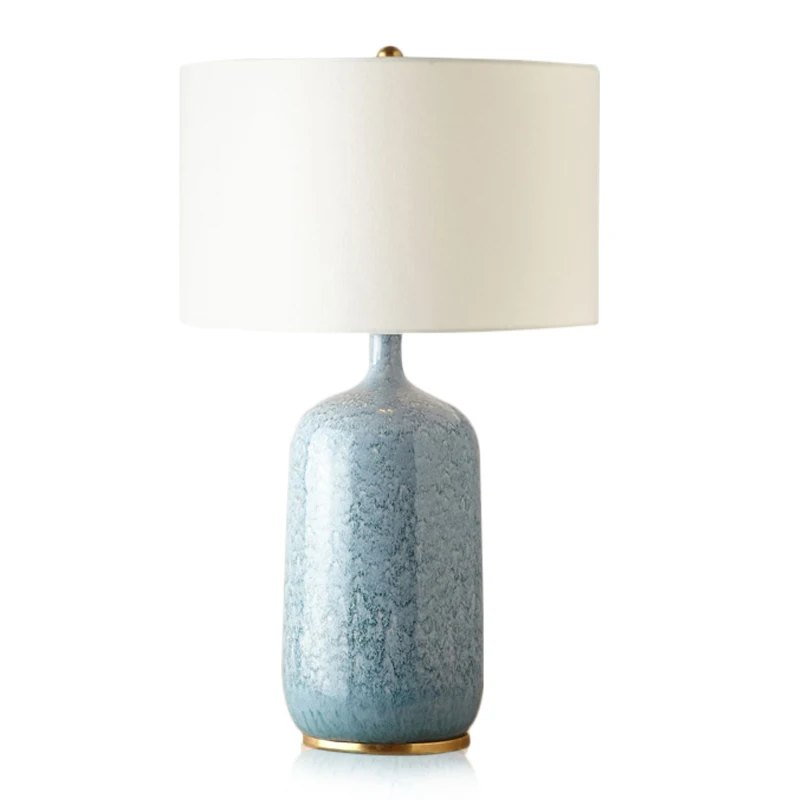
LEAFLETS
PRODUCTS
More Than Just Light The Evolving Role Of Table Lamps From Practical Illumination To Stylish Home Decor And Ambiance Creators
From Practical Illumination to Ambient Lighting
Initially, table lamps served a singular purpose: to provide light. In the pre-electricity era, oil lamps, candles, and gaslights dominated, their primary function being to dispel darkness. These early lamps were often simple in design, prioritizing functionality over aesthetics. Their forms were dictated by the need for stability and efficient fuel consumption. Materials were primarily utilitarian – brass, ceramic, or wood – chosen for their durability and ability to withstand the heat and potential hazards of open flames. The placement of a table lamp was strictly determined by its necessity to illuminate a specific task or area, be it reading, writing, or dining.
The advent of electricity revolutionized the table lamp. Suddenly, the constraints of fuel and flame were removed, paving the way for greater design experimentation. Early electric lamps, while still practical in function, began incorporating decorative elements. The incorporation of glass shades allowed for greater diffusion of light, softening its intensity and introducing aesthetic variations. The shift towards softer, diffused light signified a subtle change in the lamp's role – it was no longer solely about bright illumination, but also about creating a pleasant atmosphere.
Modern table lamps continue this evolution, offering a wide range of lighting options from task lighting to ambient illumination. The introduction of dimmers, LED technology, and diverse shade materials allows for precise control over the light's intensity and warmth, enabling users to tailor the lighting to their mood and activity. Table lamps now contribute significantly to the overall ambiance of a space, setting the tone for relaxation, socializing, or focused work.
The Rise of Table Lamps as Style Statements
As lighting technology matured, so did the aesthetic potential of the table lamp. Designers began to view the lamp not just as a light source, but as a sculptural object, a piece of art that could enhance the overall décor of a room. Different styles emerged, reflecting prevailing trends in architecture and interior design. The Art Deco period, for instance, saw the rise of geometric forms and luxurious materials, resulting in elegant table lamps that epitomized the era's glamour.
Mid-century modern design favored clean lines, organic shapes, and a focus on functionality. Iconic lamps from this era, often featuring simple yet elegant designs and materials such as teak or chrome, remain highly sought-after today. Contemporary table lamp design embraces a vast spectrum of styles, ranging from minimalist and sleek to maximalist and eclectic. Materials are constantly evolving, incorporating sustainable options and innovative technologies.
The versatility of table lamps allows them to seamlessly integrate into various interior design schemes. A sleek, minimalist lamp can complement a modern aesthetic, while a more ornate, traditional lamp can add warmth and character to a classic setting. The choice of lamp base material, shade color, and style becomes a crucial element in expressing personal taste and creating a cohesive design narrative within a home.
Table Lamps: Defining Spaces and Creating Focal Points
Beyond their contribution to overall ambiance and style, table lamps effectively define spaces and create focal points within a room. Strategically placed table lamps can delineate different areas within an open-plan living space, for example, separating the seating area from the dining area. A well-chosen lamp can draw attention to a particular feature, such as a piece of artwork or a bookshelf, highlighting its importance within the room's design.
The size and scale of a table lamp should be carefully considered in relation to the surrounding furniture and the room's dimensions. A large, statement lamp can dominate a space, while a smaller, more delicate lamp can add a subtle touch of elegance. The height of the lamp base and the shape of the shade will also influence the way the light is diffused and the overall impact on the room's atmosphere.
In bedrooms, bedside table lamps play a crucial role in creating a relaxing and inviting atmosphere. The soft glow of a bedside lamp promotes a sense of calm and tranquility, creating the perfect ambiance for sleep. In living rooms, strategically placed table lamps enhance conversation areas, creating cozy and intimate spaces for gatherings.
The Future of Table Lamps: Technology and Sustainability
The ongoing evolution of table lamps reflects broader societal shifts towards sustainability and technological advancements. Sustainable materials, such as recycled glass and reclaimed wood, are increasingly incorporated into lamp designs, minimizing the environmental impact of production. The growing popularity of LED lighting further contributes to sustainability, offering energy efficiency and a longer lifespan compared to traditional incandescent bulbs.
Smart technology is also transforming the functionality of table lamps. Smart lamps offer app-controlled dimming, color changing capabilities, and integration with home automation systems, enabling users to personalize their lighting experience and create dynamic lighting schemes. These advancements not only enhance convenience but also allow for greater control over the ambiance and mood within a space.
In conclusion, the journey of the table lamp from a simple provider of illumination to a sophisticated design element and ambiance creator demonstrates its enduring relevance in our homes. As technology and design trends continue to evolve, we can expect the table lamp to remain a versatile and indispensable fixture, adapting to new needs and aesthetic preferences while retaining its intrinsic ability to illuminate and enhance our living spaces.
SUBSCRIBE
INQUIRY










